
Hosted by the University of Plymouth

Hosted by the University of Plymouth
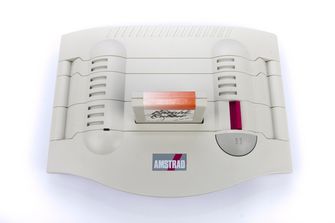
The GX4000 followed the early 90s trend for repackaging successful home computers as cartridge-based consoles. The device was essentially an Amstrad CPC464plus in a console-style casing. However, like Atari's XE Games System and Commodore's 64GS, the GX4000 was a resounding market failure. Alt... (read more)Amstrad, 1990
The 7800 was the successor to the ill-fated Atari 5200 Super System, which had failed in the market due to lacking a native ability to play games from its popular Atari VCS / 2600 predecessor. As such, one of the fundamental design decisions for the 7800 was that it must accept the 2600's game c... (read more)Atari, 1986
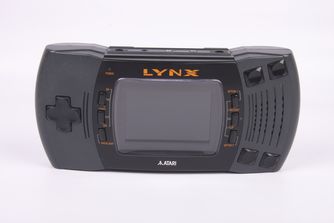
A redesigned version of the Lynx handheld from 1989, which holds the distinction of being the first colour handheld game console. The 6502-based device hosted several innovations, including the use of custom graphics hardware (allowing polygon filling and zooming/distortion effects upon sprites)... (read more)Atari, 1991
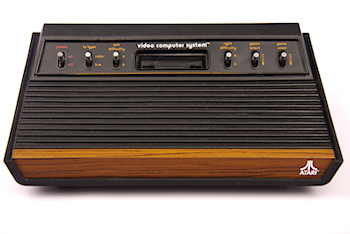
The Atari VCS (later known as the 2600) popularised the use of cartridge-based games as opposed to dedicated TV game hardware with all games built in. Originally shipped with a tank and plane warfare cartridge (Combat), the VCS utiltimatley played host to the hundreds of original games, as well ... (read more)Atari, 1977
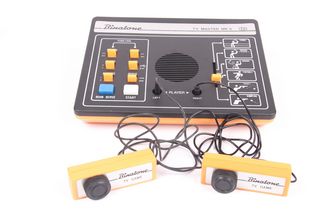
One of many TV games produced by Binatone, the TV Master series were black & white systems supporting a number of inbuilt games (six in this case, namely squash, squash practice, football, tennis, target, shooting). Alongside the paddle controllers on display here (used to control the four 'pong... (read more)Binatone, 1977
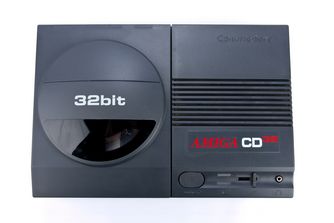
The CD32 was essentially the popular Amiga computer system recast as a games console. The Amiga had always been popular amongst gamers, and the CD32 aimed to extend this further by following the emerging trend for CD-based storage (which had already been available on systems such as Sega's Mega ... (read more)Commodore, 1993
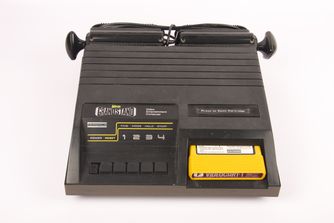
This system is the European version of the Fairchild Channel F, which had been released in 1976 and was notable as being the first programmable video game system (i.e. using plug-in cartridges rather than dedicated circuits). An interesting characteristic of the system compared to others of the ... (read more)Grandstand, 1978
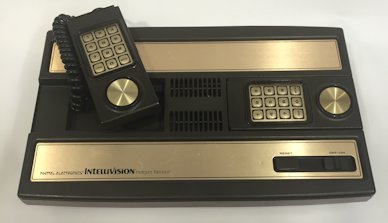
When considering the video game consoles of the late 1970s, the Intellivision (a name derived from Intelligent television) was arguably the Rolls-Royce to Atari's Ford, with technically superior graphics and sound capabilities. As can be seen here, the system had a notably different style of con... (read more)Mattel, 1979
Originally released in Japan in 1983 under the name Famicom (for Family Computer), the NES is the cosmetically-adjusted version sold in the European, North American and Australian markets. The 8-bit console had a major role in revitalising the video game market, after the crash of 1983 that had ... (read more)Nintendo, 1985
Designed by the same staff responsible for Nintendo's successful Game & Watch series, the Game Boy was a defining product for handheld gaming. While technically inferior to some of its competitors, with faster processors and/or colour screens, the Game Boy triumphed in the market thanks to two es... (read more)Nintendo, 1989
The Videopac was the European version of the Magnavox Odyssey2, giving it a heritage going back to the very first games console of all (the Magnavox Odyssey). Rather less popular and less powerful than competing systems of the era (such as the Atari VCS and Mattel Intellivision), the Videopac sti... (read more)Philips, 1979
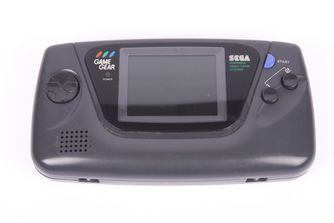
Representing a portable version of its Master System game console, the Z80-based Game Gear was Sega's response to the Nintendo Game Boy. Ostensibly better specified through its use of a 4,096 colour screen (which did not arrive for another eight years on the Game Boy range), this advantage also ... (read more)Sega, 1990
The successor to Sega's popular Mega Drive (or Genesis) system, the Saturn proved to be less of a hit in the marketplace, losing out to both the PlayStation and the Nintendo 64 in terms of sales. Powered by two CPUs, two GPUs and a number of other processors, the Saturn was something of a challe... (read more)Sega, 1994